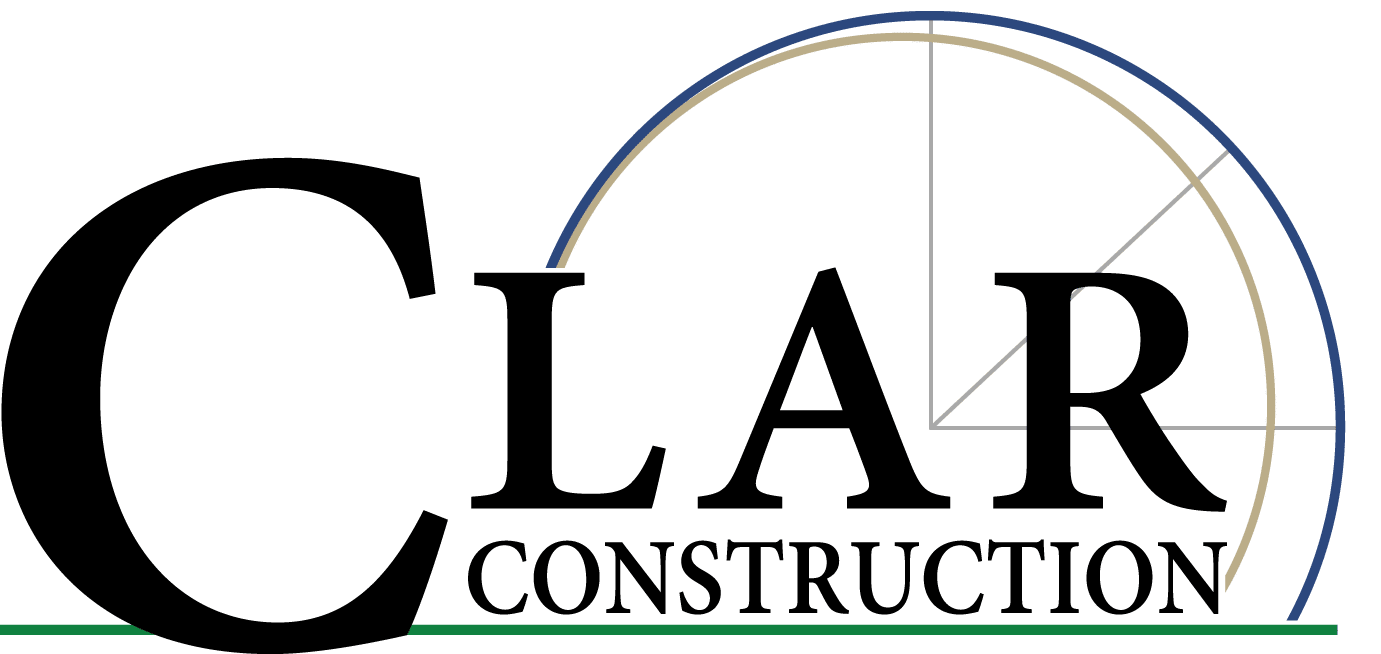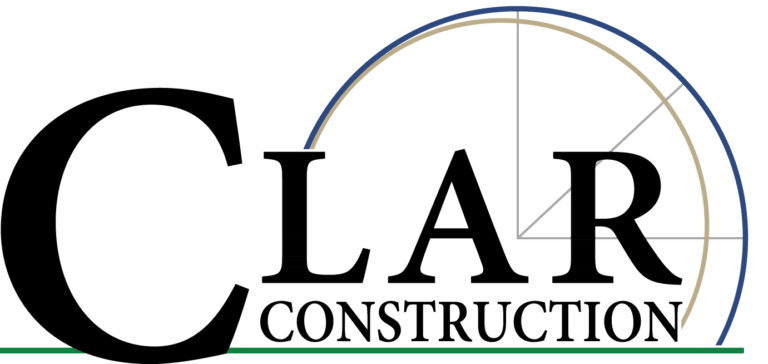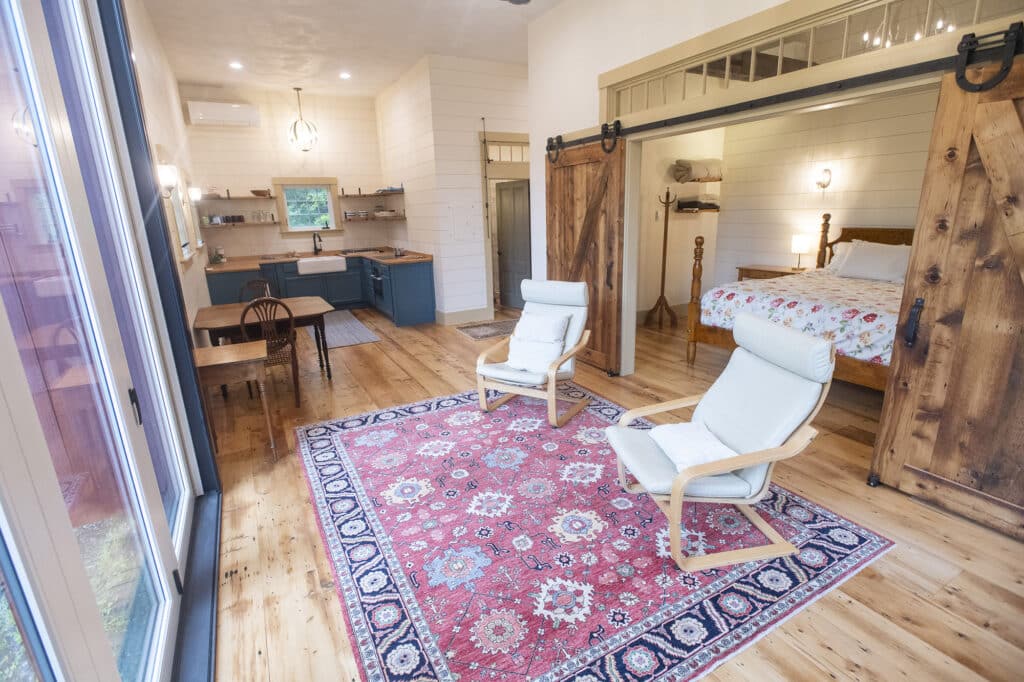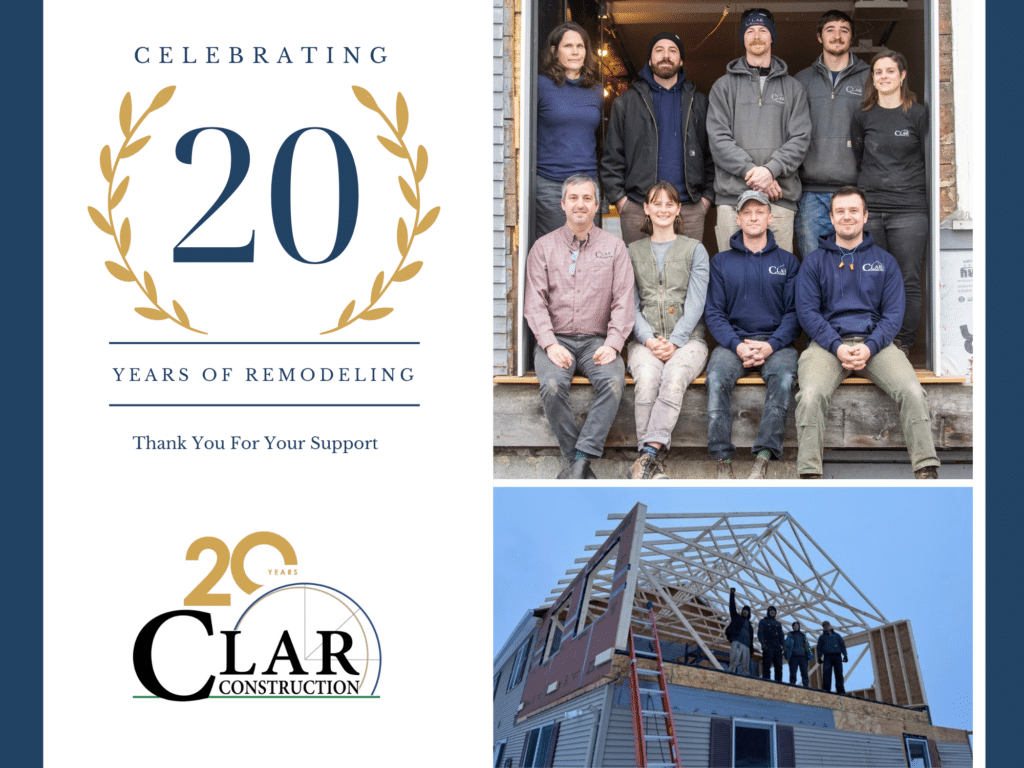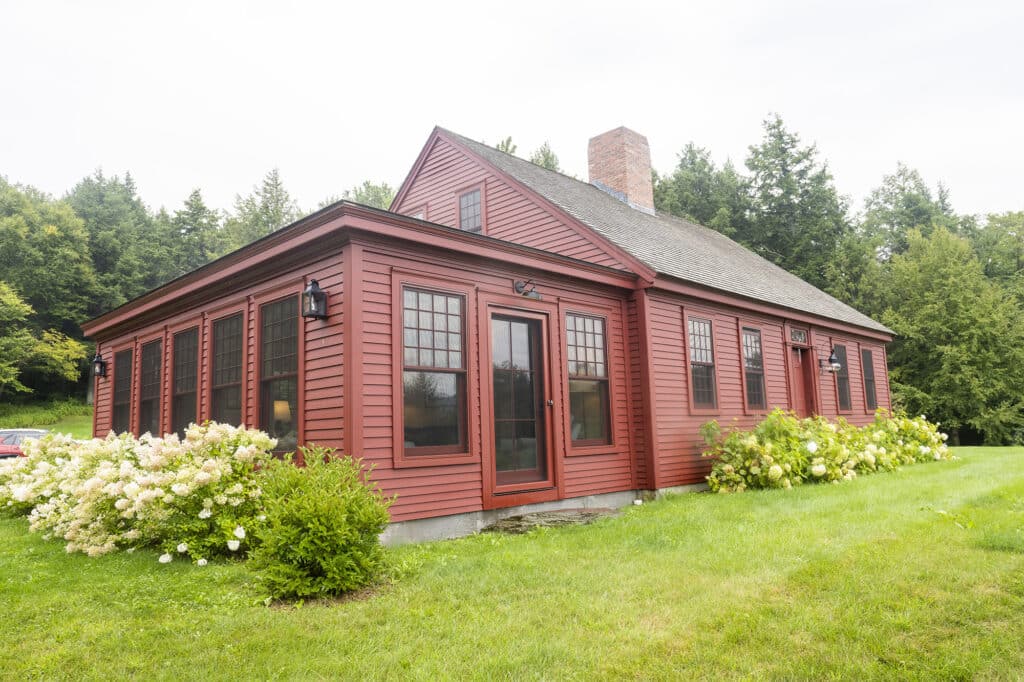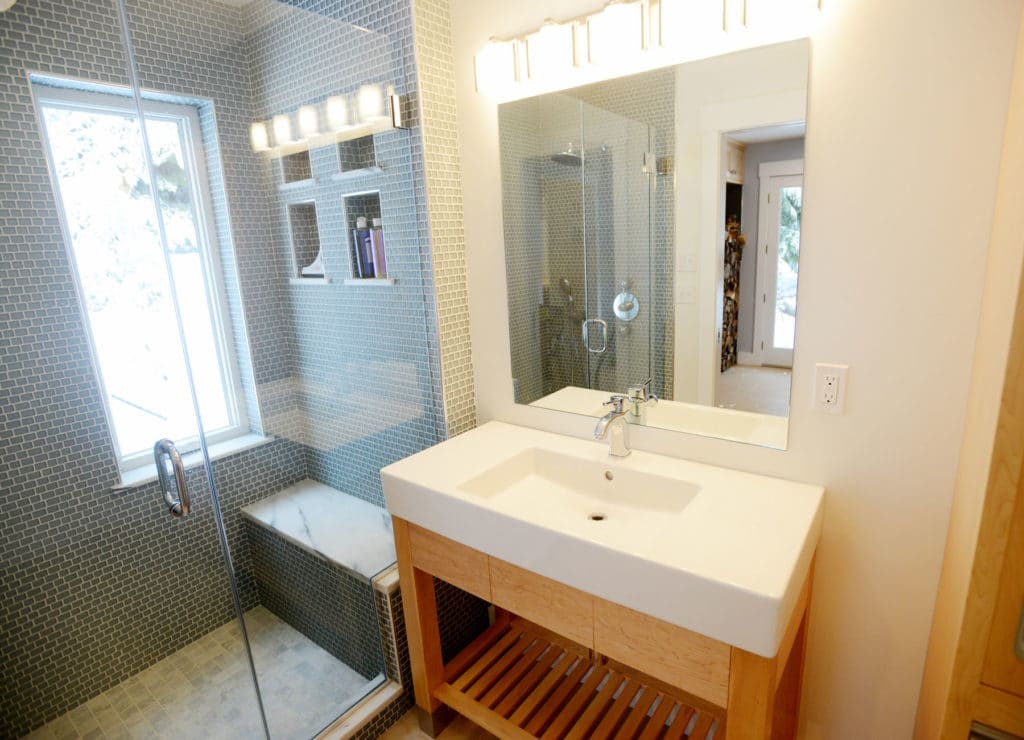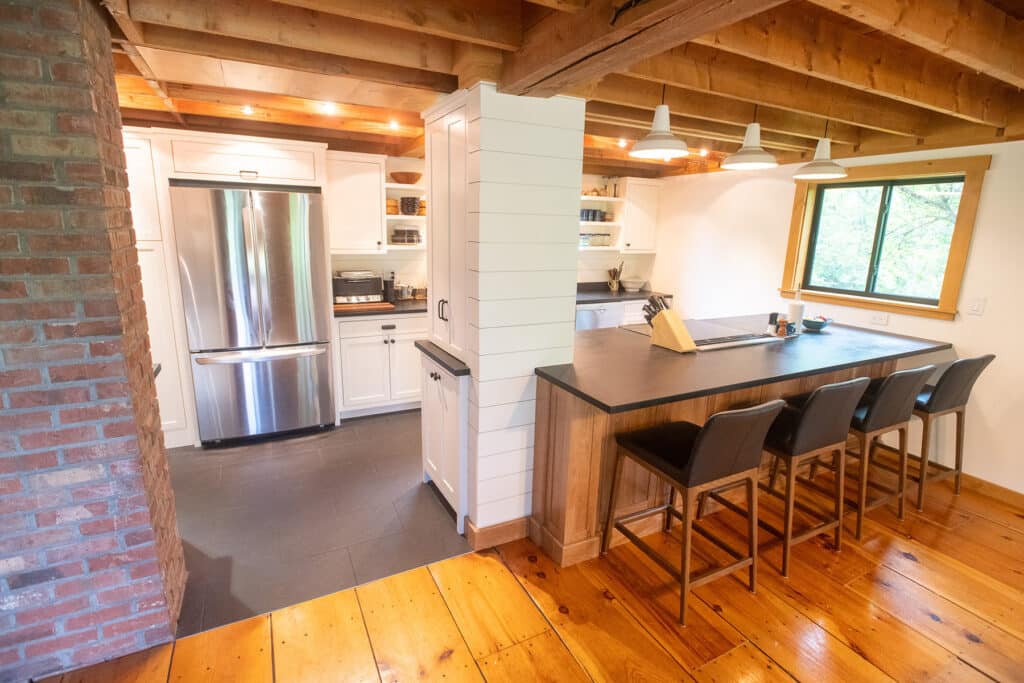Introduction
Whole-home remodeling is more than just updating finishes, it’s about reshaping your space to better support the way you live. Whether you’re modernizing an outdated layout, improving energy performance, or restoring the character of an older home, a full renovation offers the chance to bring new life and lasting value to your property.
In Vermont, remodeling takes a specialized touch. Many homes here are older, full of charm—and challenges. Between aging structures, weather demands, and historic features, thoughtful planning and deep experience are essential.
At Clar Construction, we’ve spent over 20 years helping Vermont homeowners reimagine their homes through a collaborative, design-build process. Our work is rooted in craftsmanship, clear communication, and a commitment to quality that lasts.
This guide is designed to help you navigate the process with confidence. We’ll walk through budgeting, timelines, energy-efficient upgrades, historic renovations, and what to expect along the way. If you’re considering a whole-home remodel, you’re in the right place.
What Is Whole-Home Remodeling?
Whole-home remodeling is a home renovation that transforms most or all areas of a home where it reworks the home layout, updates finishes and systems, and often improves energy efficiency in the process. It goes well beyond a kitchen or bathroom upgrade. Instead of focusing on one space, a whole-home remodel takes a step back to reimagine the house as a cohesive, functional, and beautiful living environment.
This type of renovation can include:
- Reconfiguring floor plans to improve flow and function
- Updating kitchens, bathrooms, and living areas all at once
- Replacing outdated mechanical systems and insulation
- Enhancing natural light and spatial connections
- Improving accessibility, comfort, and long-term livability

Whole-Home Remodel vs. Additions or Partial Renovations
While additions or partial renovations address isolated needs—a new room here, a kitchen facelift there—whole-home remodeling offers the opportunity to unify your home under a singular design vision. This integrated approach often results in better performance, aesthetics, and value, because all elements are considered together: layout, finishes, systems, and structure.
At Clar Construction, we find that whole-home projects are especially impactful when the existing layout no longer suits the family’s needs or when multiple spaces require attention.
Why Homeowners Choose to Remodel Their Entire Home?
Homeowners pursue whole-home remodeling for a number of reasons:
- Aging homes: Older homes often need major updates to systems, insulation, and finishes to meet modern standards.
- Changing lifestyles: Growing families, remote work, or retirement can shift how space is used.
- Energy efficiency: Comprehensive renovations are a perfect time to tighten the thermal envelope and upgrade mechanical systems.
- Aesthetic upgrades: Aligning the home’s style with personal taste and current design standards.
Deferred maintenance: Sometimes it makes more sense to renovate broadly than to keep patching outdated or failing components.
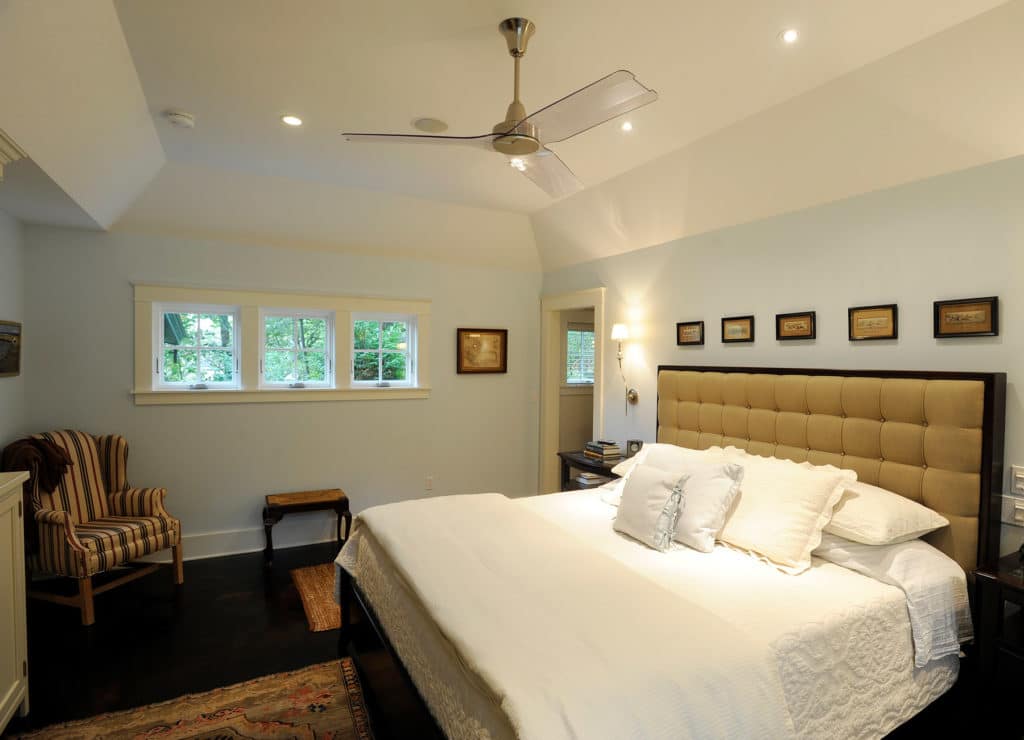
When It’s the Right Choice
Whole-home remodeling is the right fit when:
- You really love the neighborhood but the home itself needs to function differently
- You’re planning to stay in the home long-term
- Multiple areas of the home are outdated or poorly functioning
- You want to enhance energy performance and durability
- You’re committed to a cohesive design approach that enhances both function and beauty
If you’re investing in your home as your sanctuary for years to come, a well-planned whole-home renovation can be a deeply rewarding path. It’s not just about fixing what’s broken—it’s about building a home that works better for you in every way.
Explore our Client Whole-Home Remodel Project Galleries.
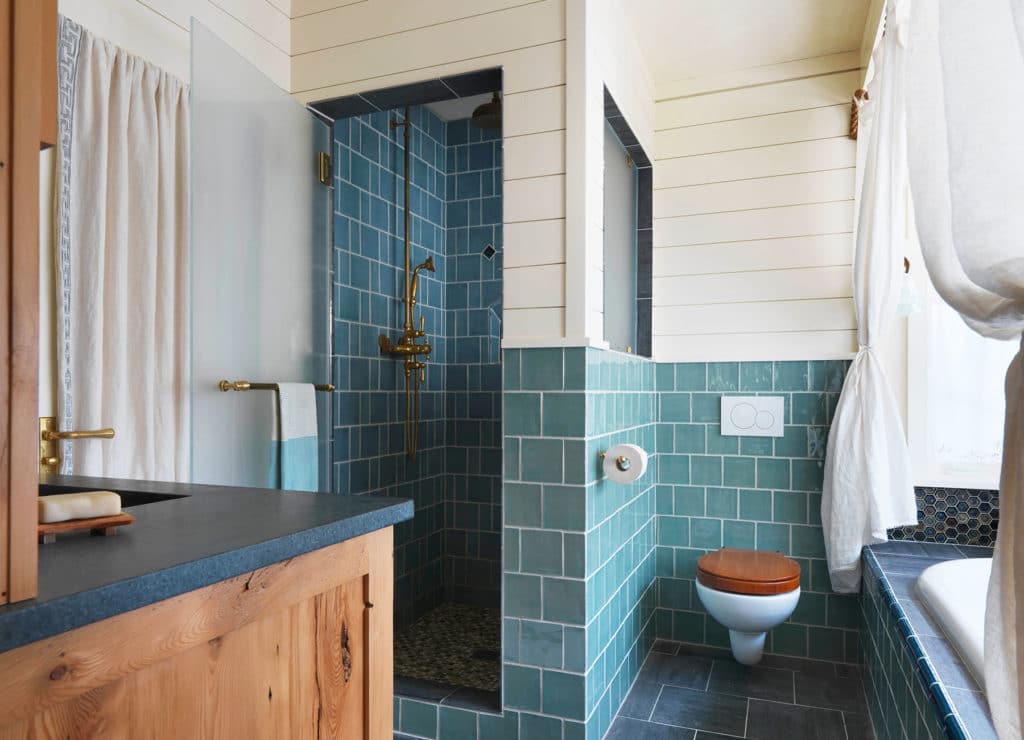
How to Plan Your Vermont Home Renovation
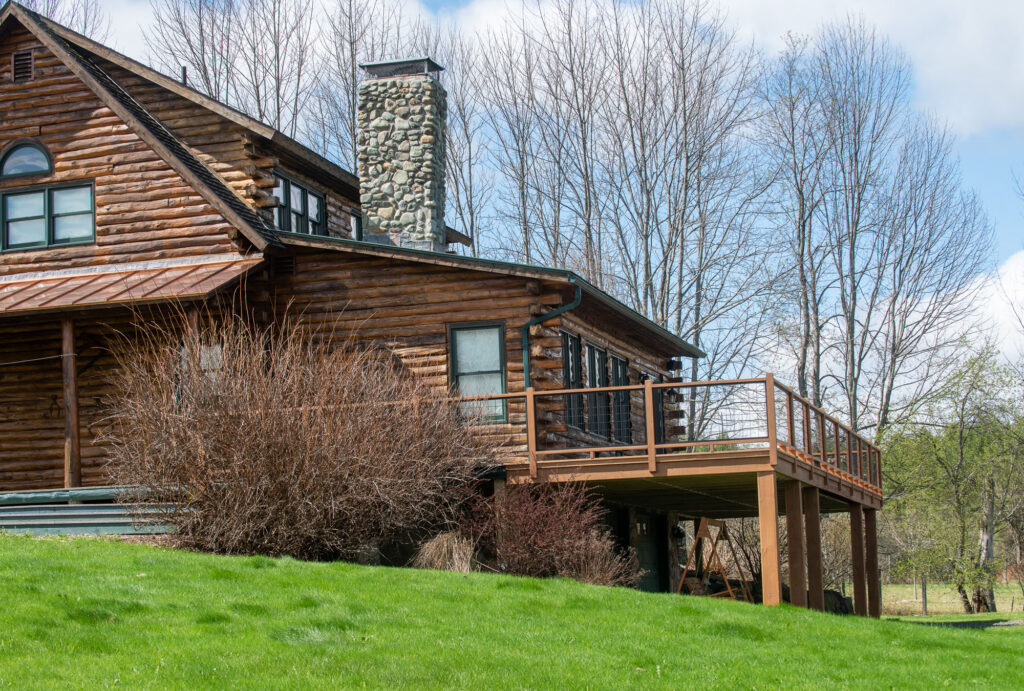
A successful whole-home remodel starts long before the first swing of a hammer. Careful planning is the foundation for a smooth process, a strong partnership, and a final result that reflects your vision. At Clar Construction, we believe the most rewarding renovations begin with clarity—about your goals, your budget, and how you want your home to feel and function.
1. Set Clear Goals to Your Vermont Home Renovation
The first step in any home renovation is defining what matters most to you.
- What’s not working in your current home?
- What would make daily life more comfortable, efficient, or enjoyable?
- Are there future needs to consider—aging in place, growing family, or work-from-home spaces?
We encourage clients to think not just about finishes or fixtures, but about how they move through their day and how their home can support that experience. These insights guide design decisions that truly serve your lifestyle.
2. Prioritize Spaces
Not every room carries equal weight. Whether it’s opening up a closed-off kitchen, improving bathroom functionality, or reworking traffic flow between living areas, prioritizing helps ensure your investment brings the most impact.
We help clients weigh their wants vs. needs to create a plan that balances both. If you’re unsure where to start, our Project Development process can help guide prioritization.
3. Establish a Realistic Budget
Renovating in Vermont comes with its own set of cost factors—aging infrastructure, seasonal constraints, rural access, and the high-performance materials our climate demands.
What Drives Costs Here:
- Labor and skilled trades are in demand, and quality work comes at a fair price
- Materials suited for long Vermont winters (windows, insulation, roofing) may carry higher upfront costs
- Older homes often require hidden repairs—structural work, outdated wiring, or moisture damage
To get a better sense of potential costs, take a look at Remodeling Magazine’s Cost vs. Value Report for New England.
4. Create a Contingency Plan
It’s not uncommon to uncover pre-existing issues when remodeling a home. A well written job scope will detail the tasks that are included in the project price but a really well written scope will include some things that are not! Though we can anticipate a lot of what we’ll find we don’t have x-ray vision so it can almost be expected that changes to the scope and price will happen in a remodel. We recommend setting aside some money for these inevitabilities that are not included in the original scope.
5. Invest Wisely
We often remind clients: quality pays off. While cutting corners may lower initial costs, it can lead to performance problems, callbacks, replacements down the line, and very possibly your own dissatisfaction in the final product.
Durable materials, thoughtful design, and expert craftsmanship are always a smart investment—especially in Vermont’s demanding environment.
6. Understanding the Timeline
Average Duration
A whole-home renovation typically takes several months, depending on the project’s size, complexity, and scope.
- The design phase alone can take anywhere from 6-24 weeks
- Construction may run from 4–9 months or longer
Architectural Digest’s remodel timeline guide offers a helpful overview of what to expect.
Seasonal Considerations in Vermont
Our short build season means good planning is essential. Weather impacts everything from excavation to exterior work. We help clients plan timelines that account for seasonal realities—and we build in buffers to adapt when needed.
The Importance of Energy Efficiency & Sustainability in Vermont Homes
In Vermont, energy efficiency is essential. Our long, cold winters and rising heating costs make energy performance a big deal for homeowners.
A well-designed, energy-efficient home can stay warmer in winter, cooler in summer, and save you money year-round.
That’s why we focus on the key components that make a real difference:
- High-performance windows help reduce drafts and heat loss.
- Proper insulation keeps the warmth in and the cold out.
- Proper moisture management details ensure air quality in the home
- Air sealing prevents leaks that waste energy.
- Efficient heating and ventilation systems keep your home comfortable while using less energy.
To make these upgrades more accessible, Efficiency Vermont offers rebates and incentives for homeowners who want to improve their home’s performance. From energy audits to equipment rebates, they’re a great resource for making smart, sustainable improvements that pay off.
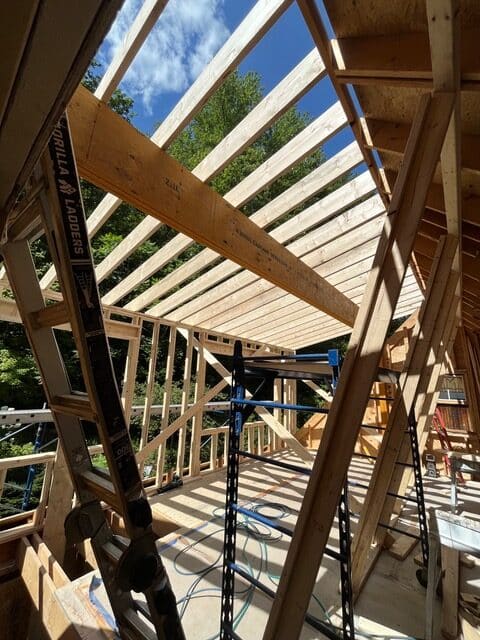
How to Remodel Historic Homes with Integrity
Vermont is full of homes with history—classic farmhouses, early 1900s Victorian homes, and centuries-old structures that give our towns their unique charm.
At Clar Construction, we believe these homes deserve to be treated with care, respect, and craftsmanship that honors their story. We are self-appointed stewards to these old homes in our community.
Older homes come with their own set of quirks and challenges. Uneven floors, outdated wiring, aging foundations, and layers of previous renovations are all common.
Working with these elements takes experience and attention to detail instead of against them.
Our goal is to preserve what makes your home special: original woodwork, old beams, antique windows, while updating it for modern living.
That might mean reworking the layout for better flow, upgrading systems for safety and energy efficiency, or adding a kitchen or bathroom that fits seamlessly into the home’s character.
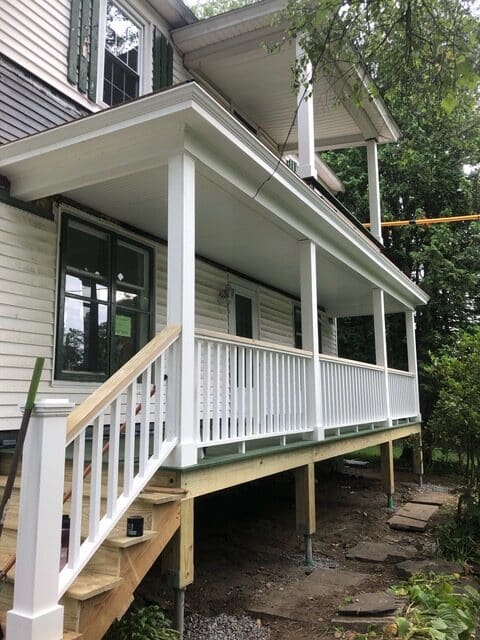
What to Expect for a Whole Home Remodel: Costs, Timelines & Materials
For a full-home remodel in Vermont, costs can vary widely based on the scope of work, but most projects fall in the $150 to $400+ per square foot range. Home remodeling prices can have a big range, and here’s why:
- The age and condition of your home: Older homes often need structural updates, code upgrades, and careful demolition practices as we prepare for the remodel.
- Square footage: Bigger spaces mean more materials, labor, and time.
- Your choices: Tile vs. hardwood, standard cabinets vs. custom-built, and fixtures all impact the final cost.
Project Timeline Breakdown
Every remodel is unique, but most follow a similar flow:
- Design Phase (1–4 months) – We work closely with you to shape the vision, develop plans, and make selections.
- Permitting (1–2 months) – This step depends on your permit for remodeling home town and the project scope.
- Construction (3–6+ months) – Demolition, structural work, systems, finishes, and fine-tuning.
- Finishing Touches (ongoing) – Final details, walkthroughs, and making sure everything feels just right.
Good remodeling takes time, but clear communication and strong project management make the process smoother. As one of Vermont’s top contractors for home remodeling, we keep you informed, involved, and supported from start to finish.
How to Select the Right Materials for Whole-Home Remodeling in Vermont
Materials matter, not just how they look, but how they perform over time. We help you choose products that balance:
- Durability (built to last in Vermont’s climate)
- Regional availability (less wait, less waste, less of an environmental impact)
- Aesthetics (fits your vision and style)
- Environmental impact (sustainable, low-VOC, responsibly sourced)
We love using custom cabinetry, natural woods, and locally sourced products whenever possible. These elements not only elevate your home’s beauty but also support local craftspeople and reduce your carbon footprint.
If you’re thinking about a remodel—whether it’s a single room or your entire home—it’s never too early to start the conversation. Planning ahead gives you time to explore your goals, understand your options, and make decisions with confidence.
At Clar Construction, we take a consultative, pressure-free approach. We’re here to listen, guide, and help you understand what’s possible—without pushing you into something that doesn’t feel right.
Let’s get started:
- 📅 Schedule a consultation to talk through your home remodelling services projects
- 🖼️ Explore our portfolio for inspiration and past work
